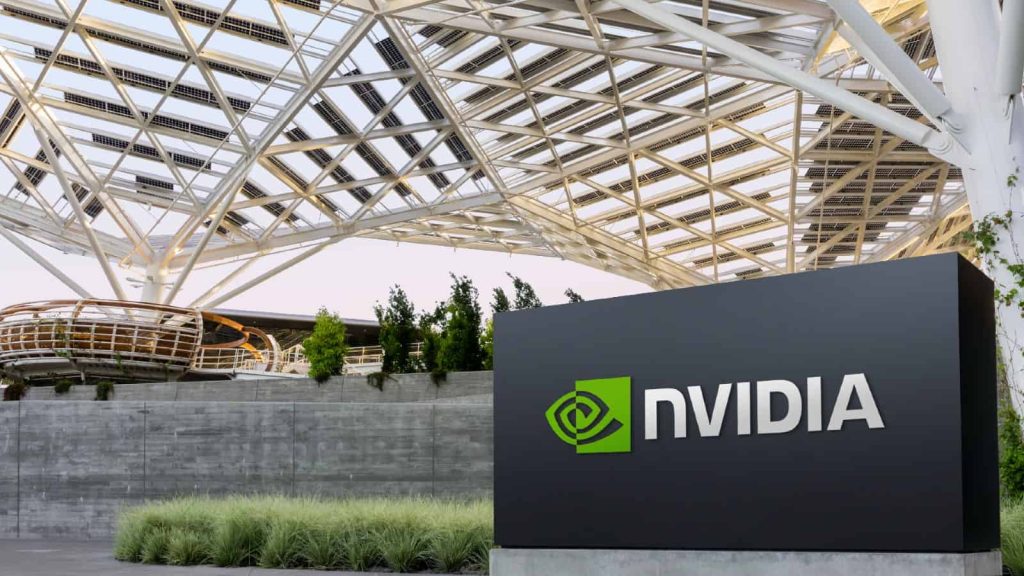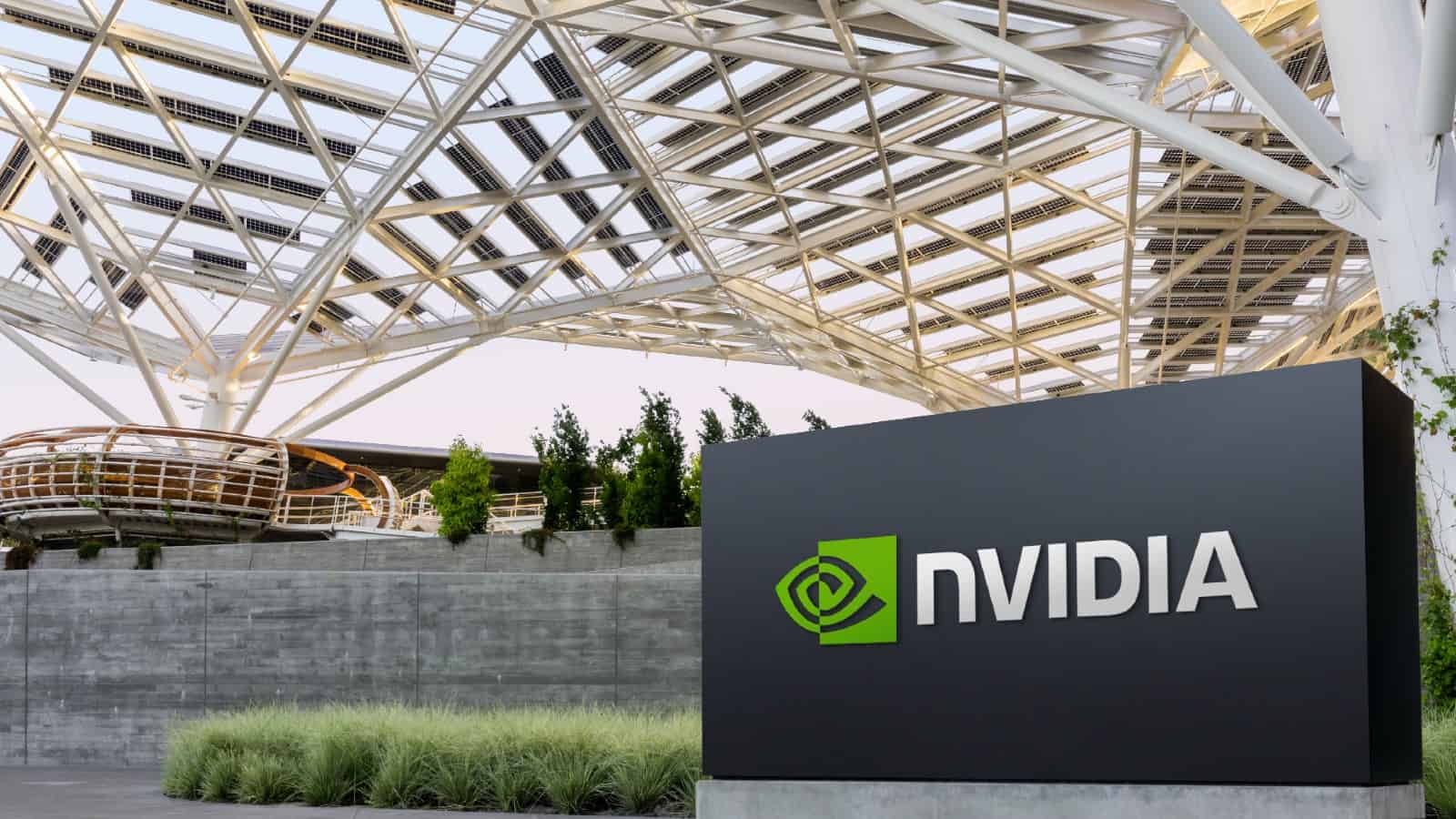Can anything derail the runaway Nvidia share price?


The Nvidia (NASDAQ:NVDA) share price is in uncharted territory. Within three months, the stock’s gone from $165 to $207, taking the companyâs market value from $4trn to $5trn.
With demand for its GPUs showing no sign of dying down, the business looks unstoppable. But there are some important risks that investors thinking of buying should take note of.
Demand
Nvidiaâs customers currently fall into three categories. The first is companies like Alphabet, Amazon, and Microsoft, who sell computing power to other customers.
Demand here looks reasonably strong, but not all of the firmâs customers are in this category. There are also the likes of Meta, who are building their own AI products.
The market’s getting wary of speculative spending, but this isnât the biggest risk. The riskiest customers are the likes of OpenAI, where Nvidia’s doing equity deals alongside its sales.
A price-to-earnings (P/E) ratio of 57 reflects expectations of a lot of future growth. But there are signs that demand might be reaching its reasonable limits sooner rather than later.
Supply
Thereâs also risk on the supply side. Alphabet, Amazon, and Microsoft are all working on their own custom chips that might ultimately compete with Nvidiaâs GPUs. Alphabet, in particular, has been making good progress. The firm’s been working on its Tensor Processing Unit (TPU) for around 15 years and is on its seventh generation.Â
Ironwood â Alphabetâs newest product â achieves better power per watt than Nvidiaâs Blackwell chips. But itâs less versatile and hard to use outside the Google Cloud ecosystem.
In the short term, this is likely to mean its threat to Nvidia is limited. As AI applications move towards inference and away from training, though, that could change the equation.
Interference
The other big thing investors need to take note of on the risk side is the threat of outside interference. The most obvious example is the US imposing restrictions on chip exports.
Analyst estimates suggest this could be costing Nvidia between $15bn and $17bn in lost sales. But the risk’s bigger than just short-term cash. Not being able to import GPUs from the US incentivises Chinese companies to come up with their own solutions. And this creates greater competition over the longer term.
In the event of a trade war, Nvidia isnât the company likely to be most inconvenienced. But, again, a high valuation can turn even minor disruptions into significant problems.
Risks
I heard Big Short investor Steve Eisman say recently that heâd have to be out of his mind to go short on Nvidia right now. And I agree â thereâs a bullish reply to every bear point Iâve made here.Â
Analysts think AI growth has a long way to go and Nvidiaâs CUDA creates switching costs of its own. I also doubt the US would knowingly help a Chinese firm over a domestic one.
Itâs not crazy â by any stretch of the imagination â to consider buying Nvidia shares right now. But being a good investor means knowing about the risks as well as the potential rewards.
The post Can anything derail the runaway Nvidia share price? appeared first on The Motley Fool UK.
Should you invest £1,000 in Nvidia right now?
When investing expert Mark Rogers has a stock tip, it can pay to listen. After all, the flagship Motley Fool Share Advisor newsletter he has run for nearly a decade has provided thousands of paying members with top stock recommendations from the UK and US markets.
And right now, Mark thinks there are 6 standout stocks that investors should consider buying. Want to see if Nvidia made the list?
More reading
- I asked ChatGPT for the ‘next Nvidia stock’. Here are 5 names it gave meâ¦
- Retirement savings: 3 investments that have helped double the value of my SIPP in 2 years
- What if thereâs no stock market crash coming soon?
- S&P 500: is it really different this time?
- I asked ChatGPT where Nvidia stock would be in 1 year. Hereâs what it saidâ¦
Stephen Wright has positions in Amazon. The Motley Fool UK has recommended Alphabet, Amazon, Meta Platforms, Microsoft, and Nvidia. Views expressed on the companies mentioned in this article are those of the writer and therefore may differ from the official recommendations we make in our subscription services such as Share Advisor, Hidden Winners and Pro. Here at The Motley Fool we believe that considering a diverse range of insights makes us better investors.





